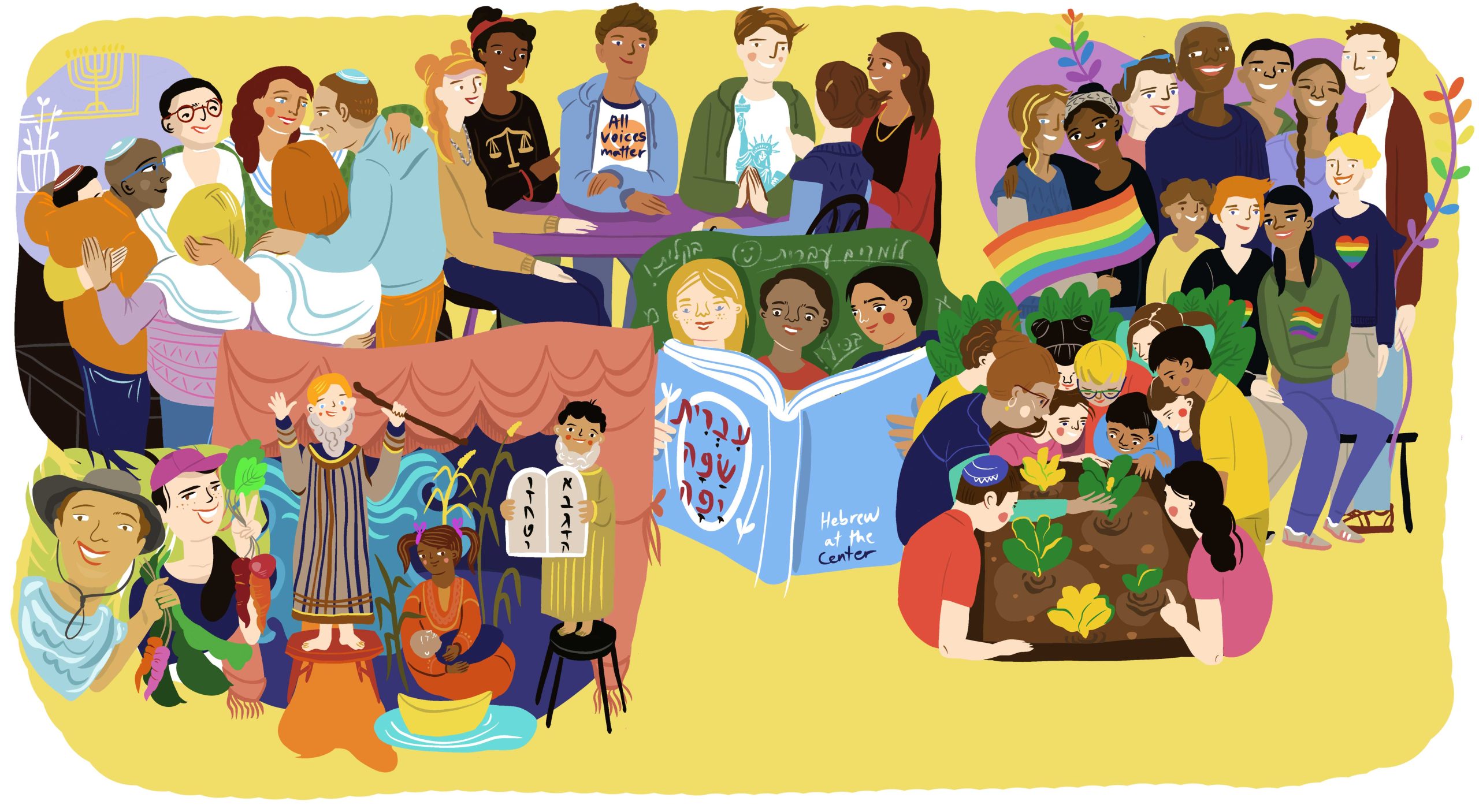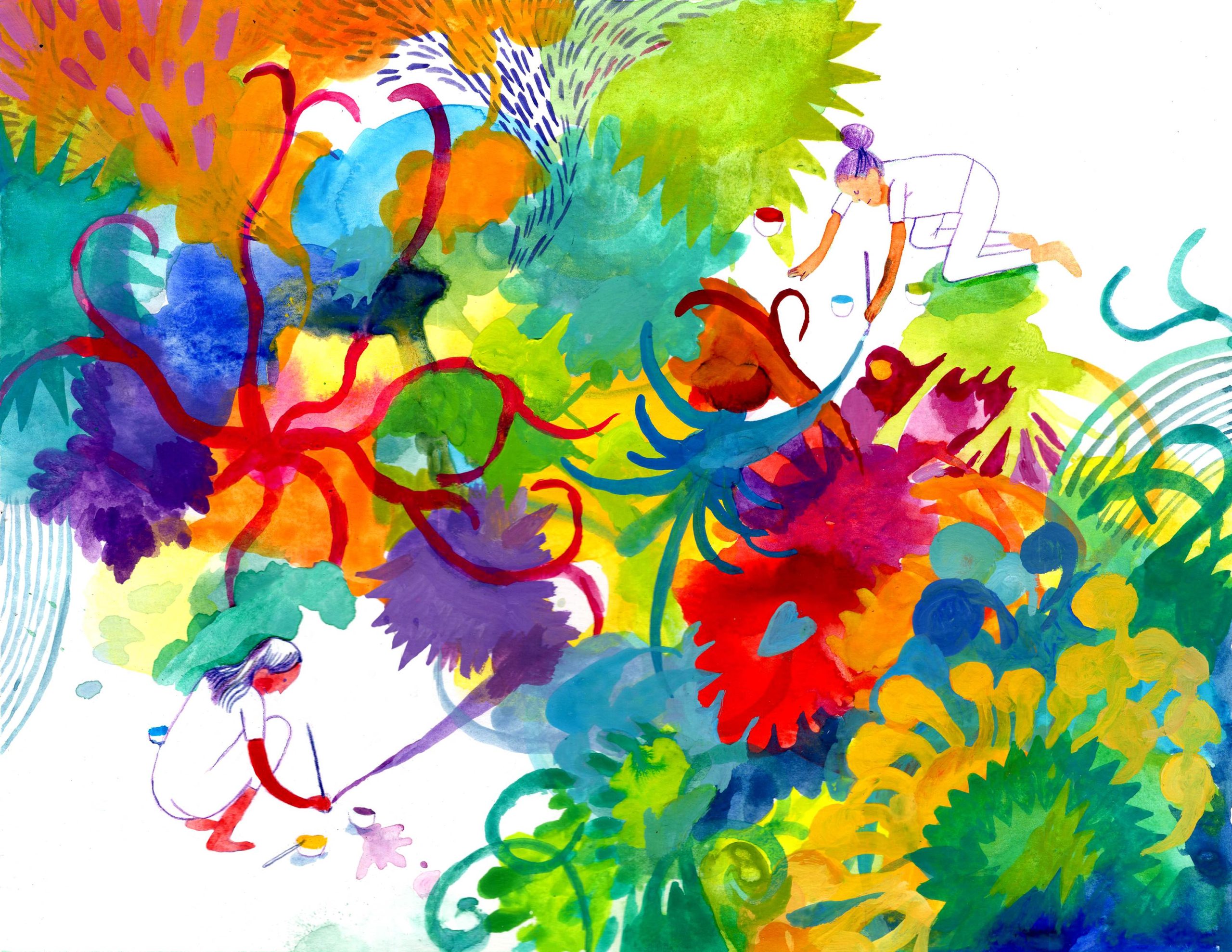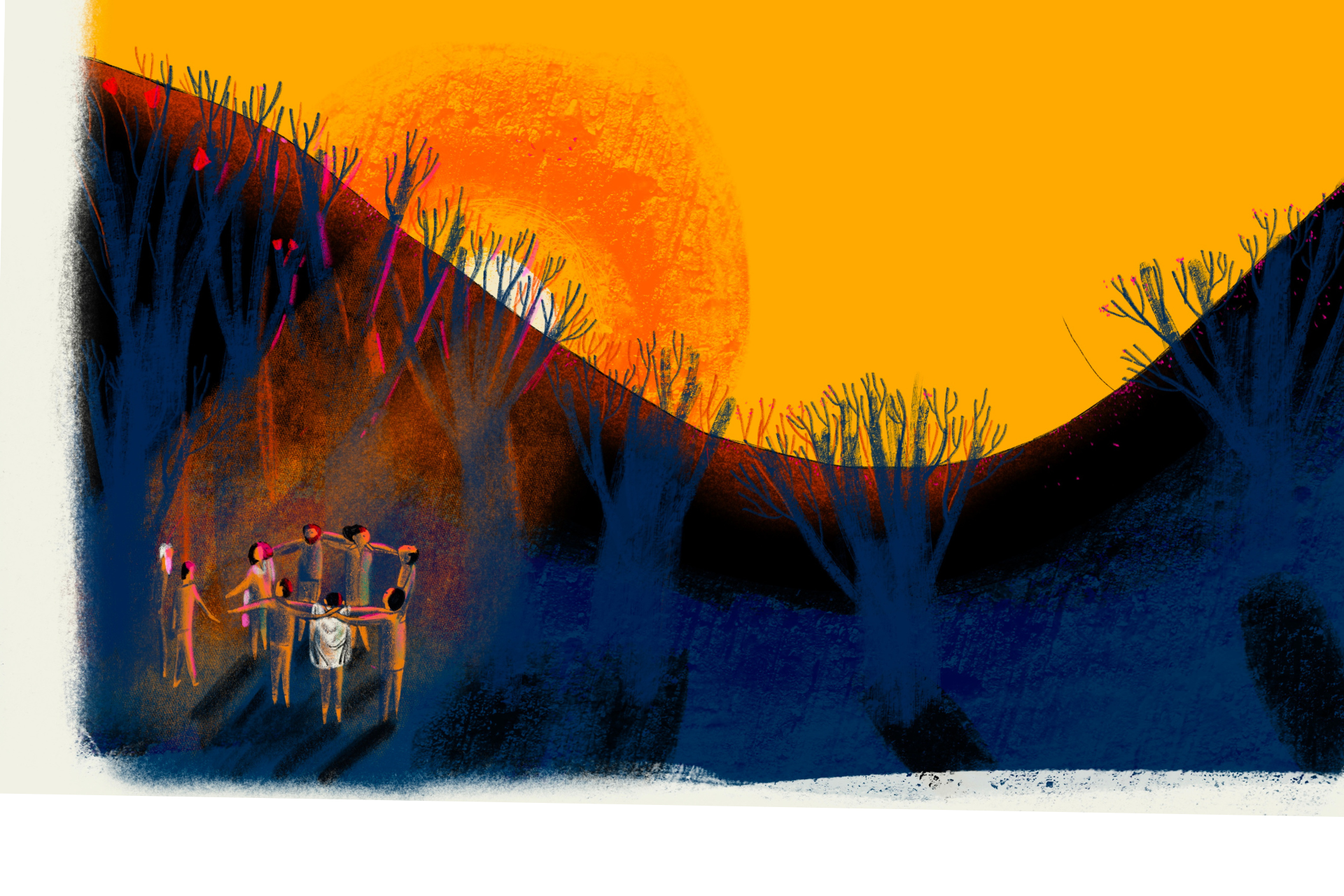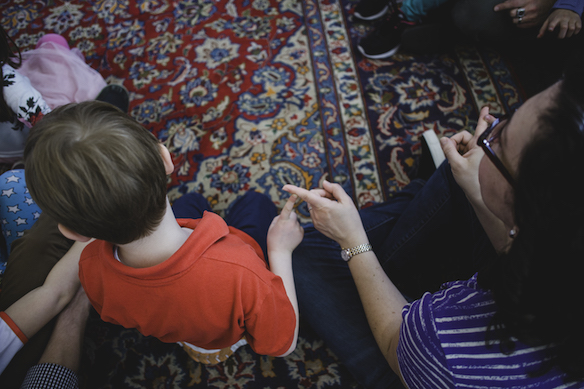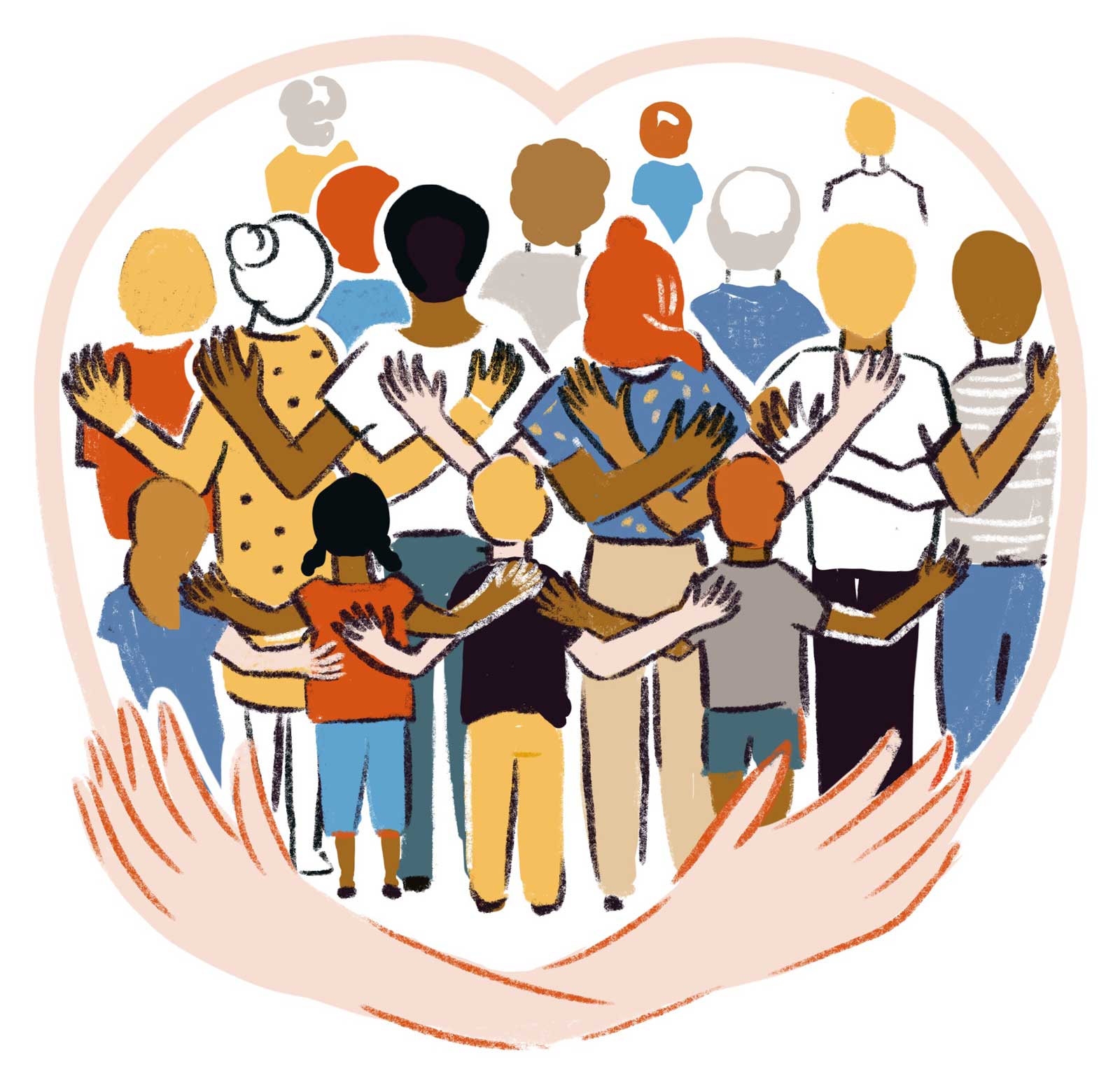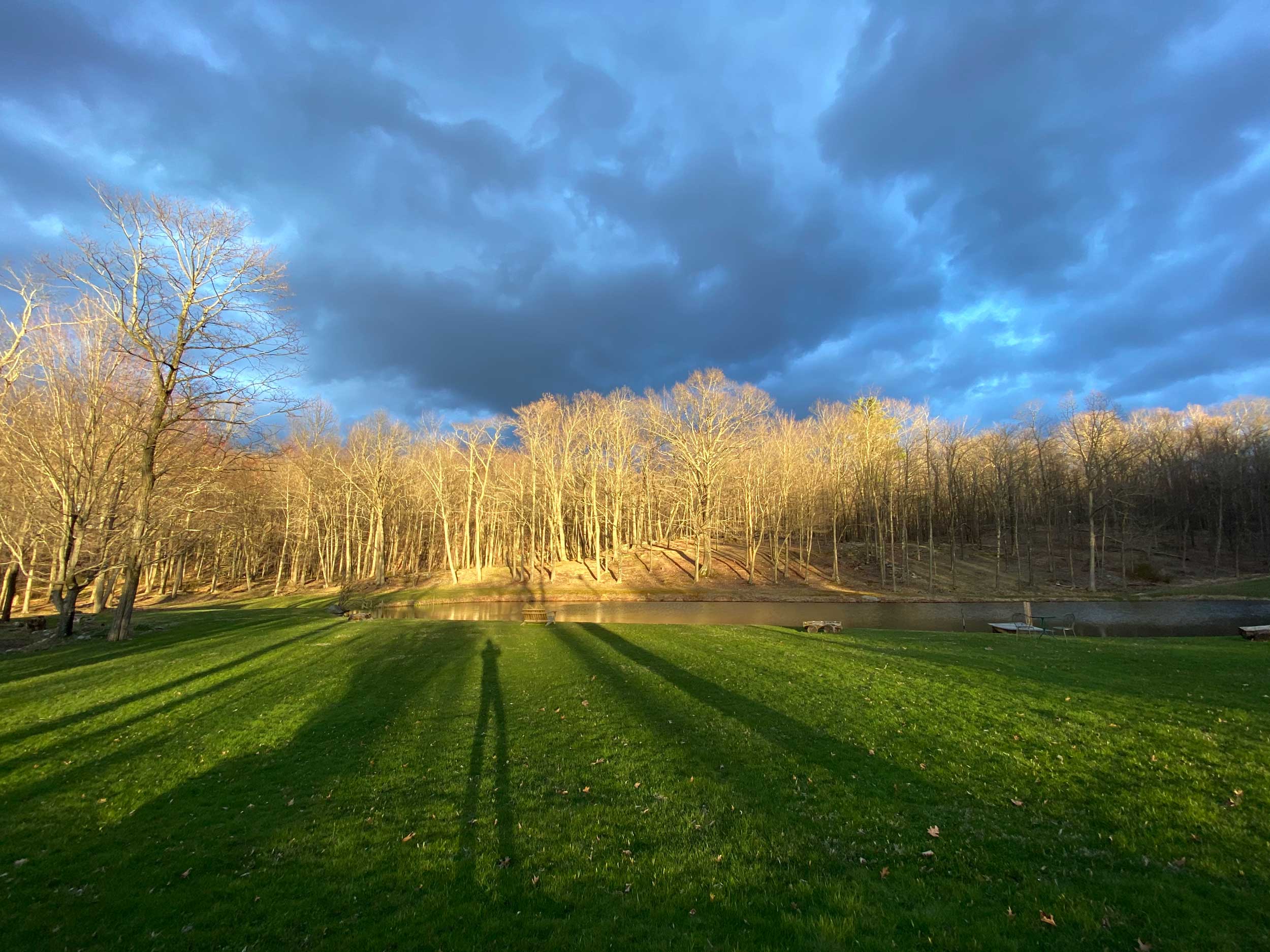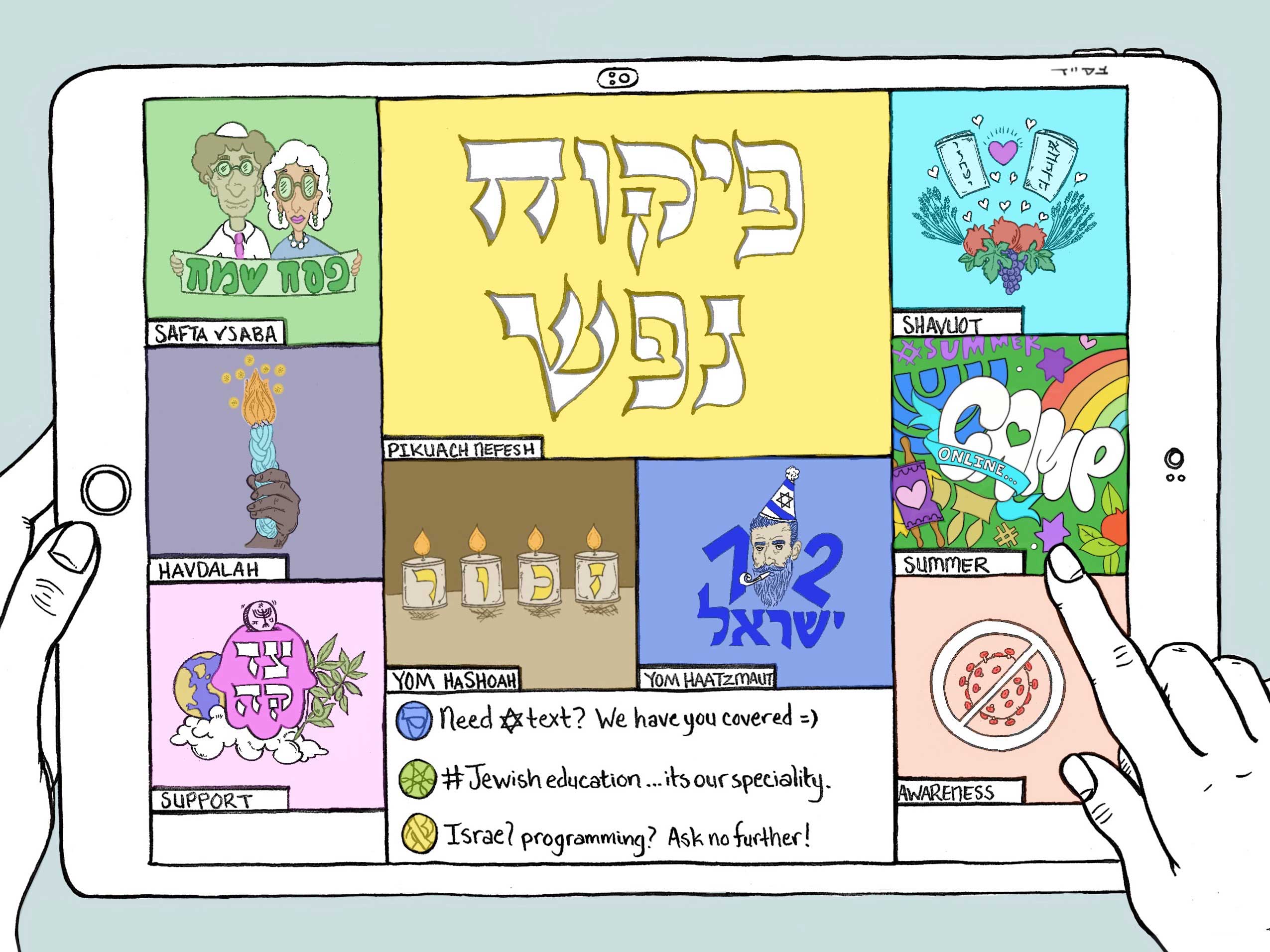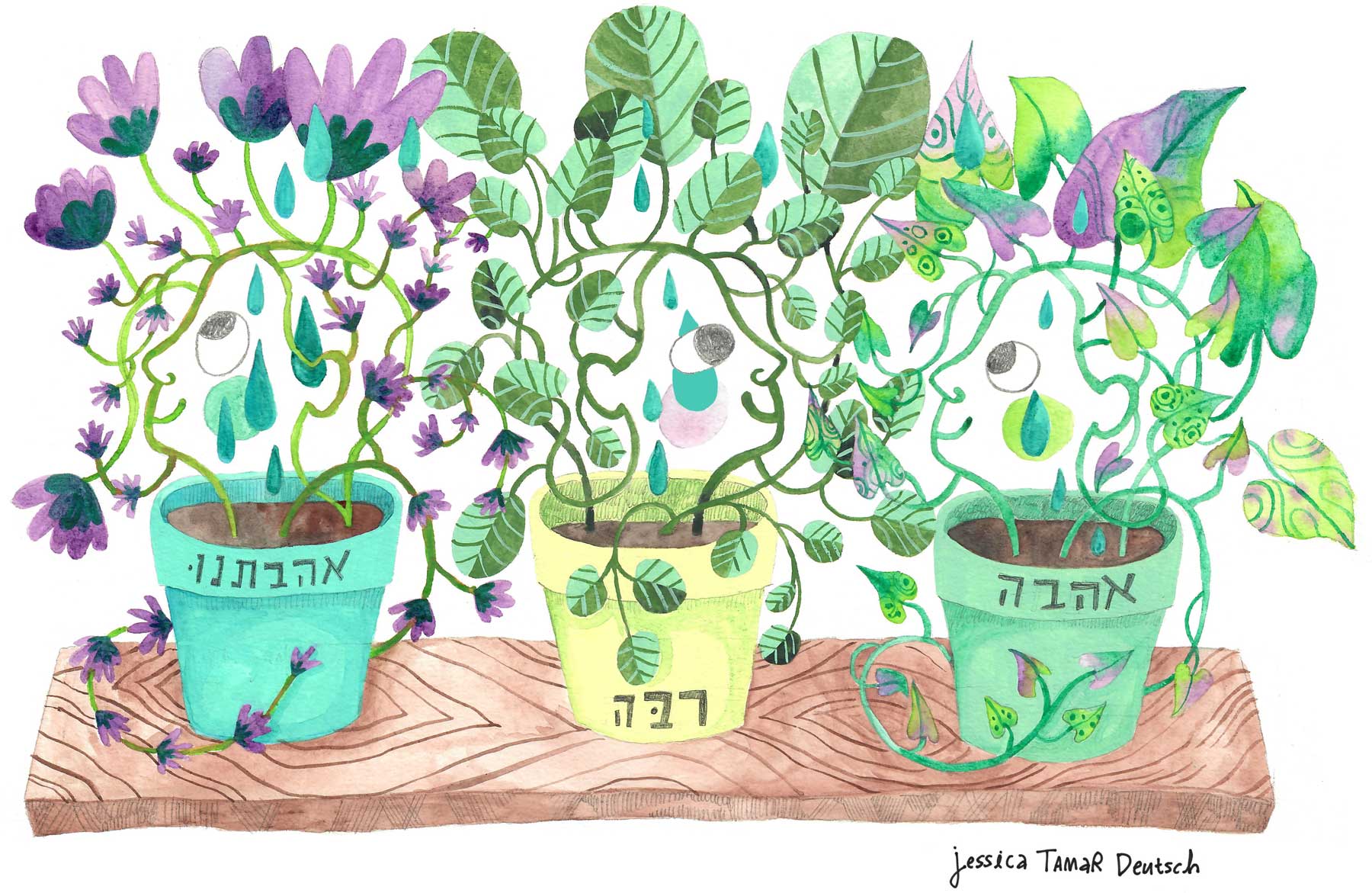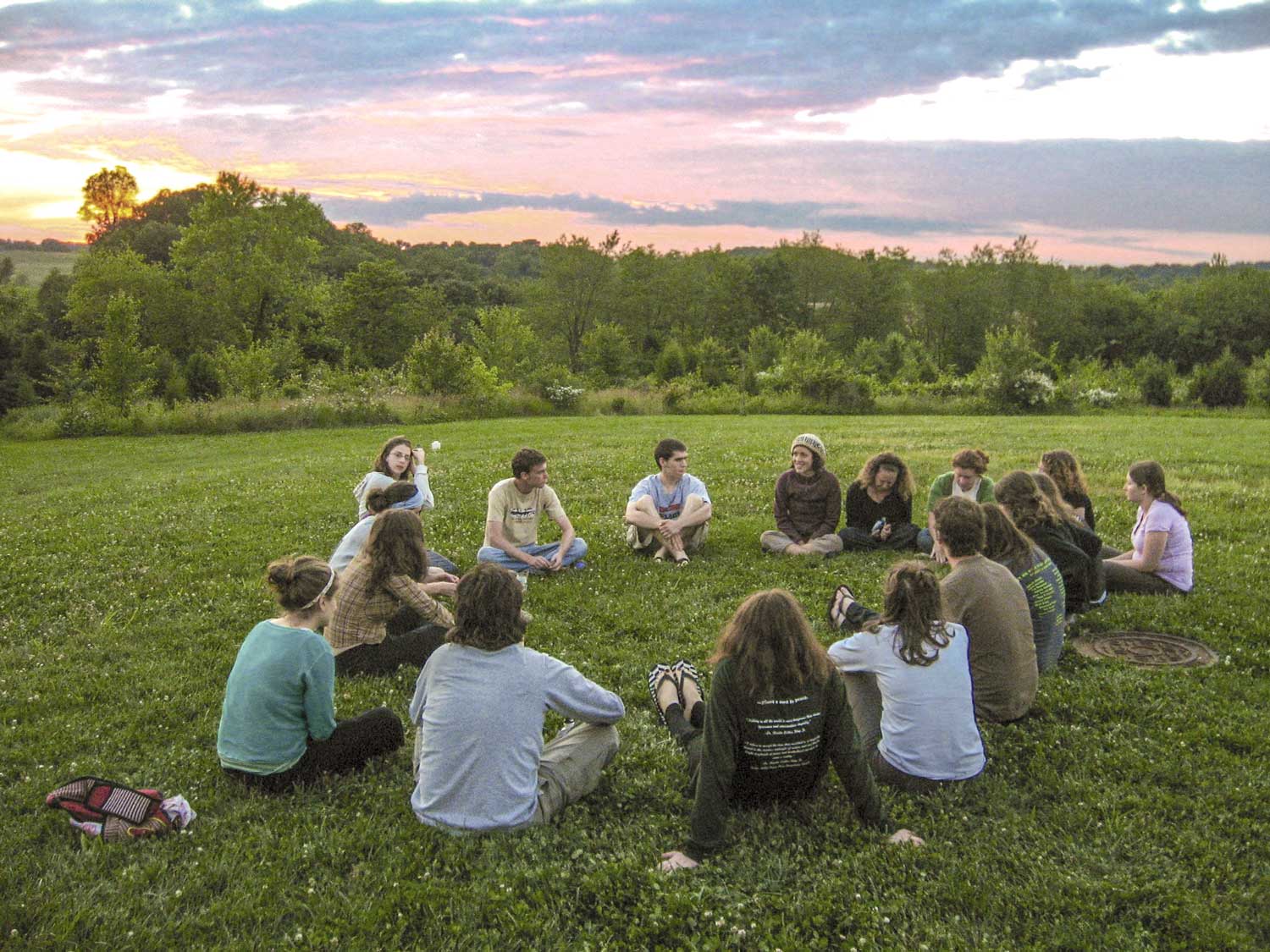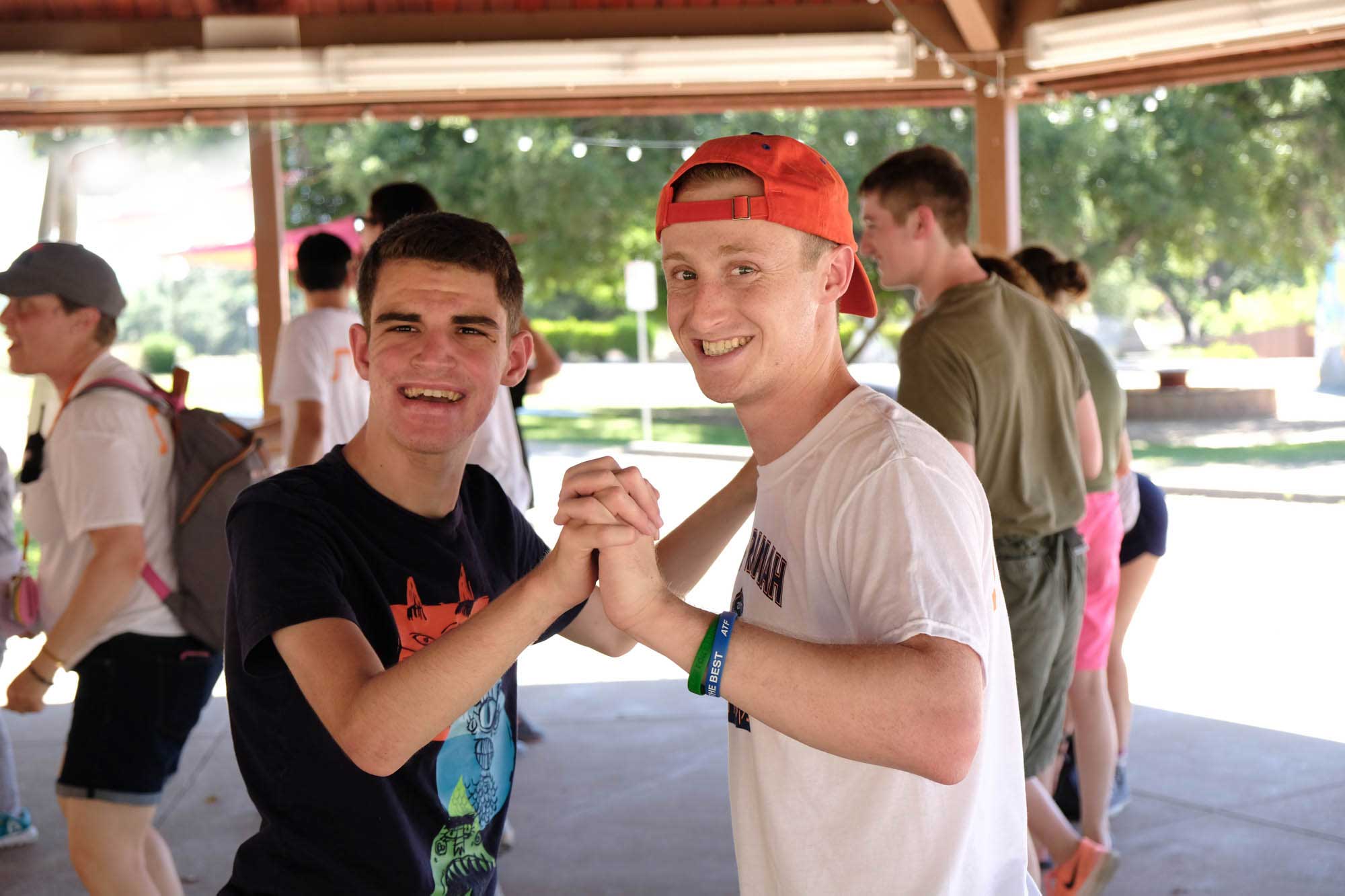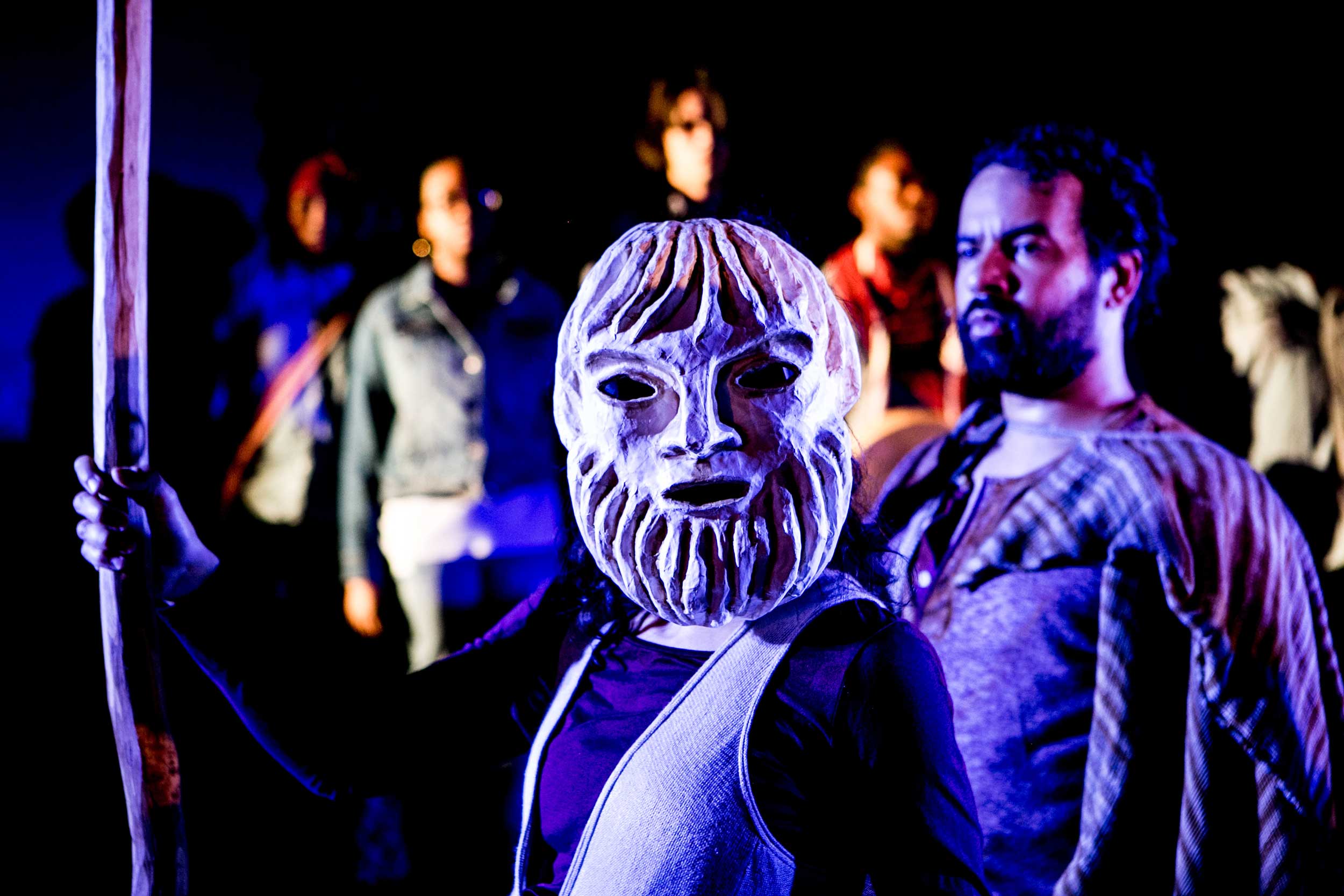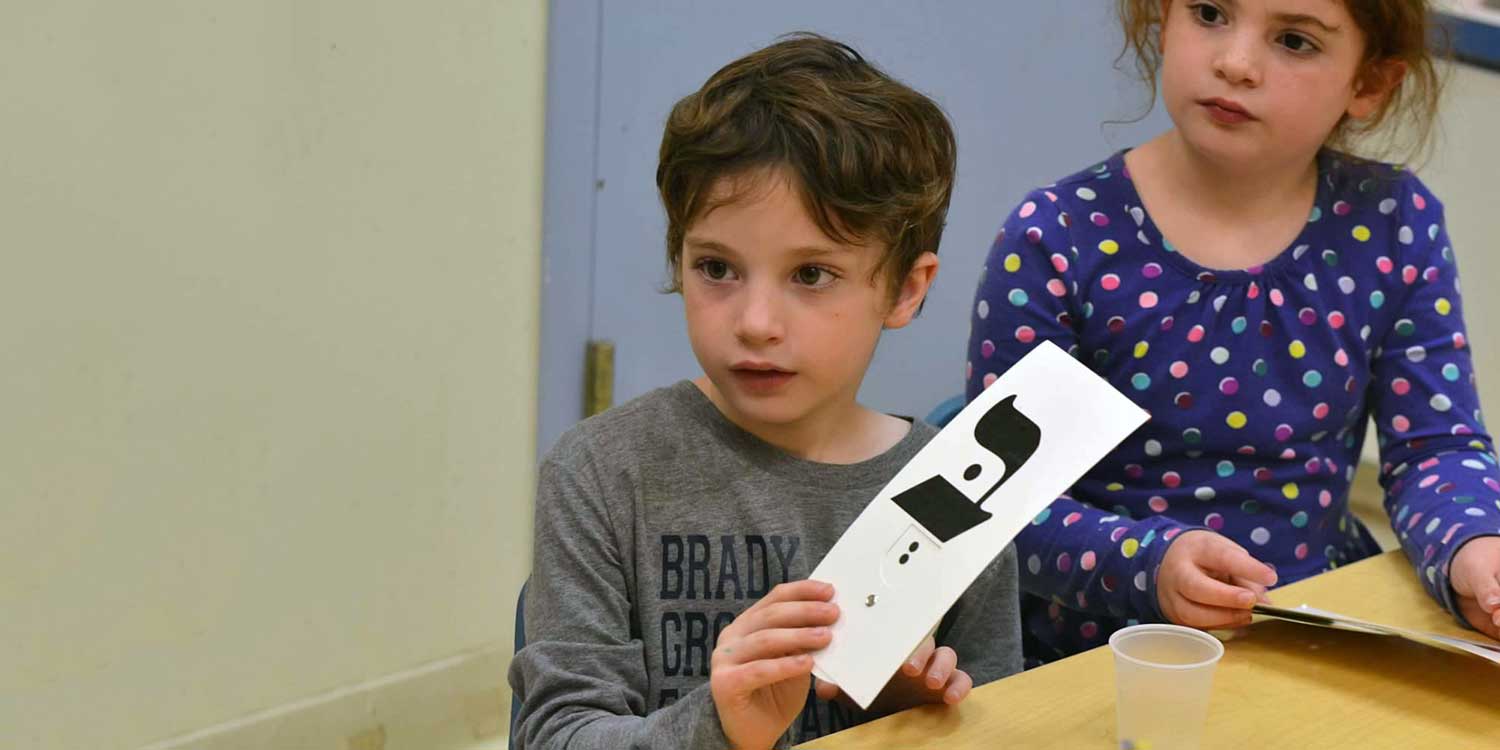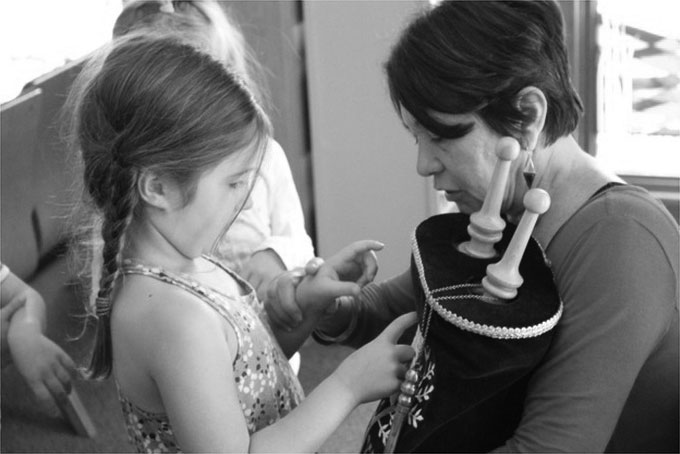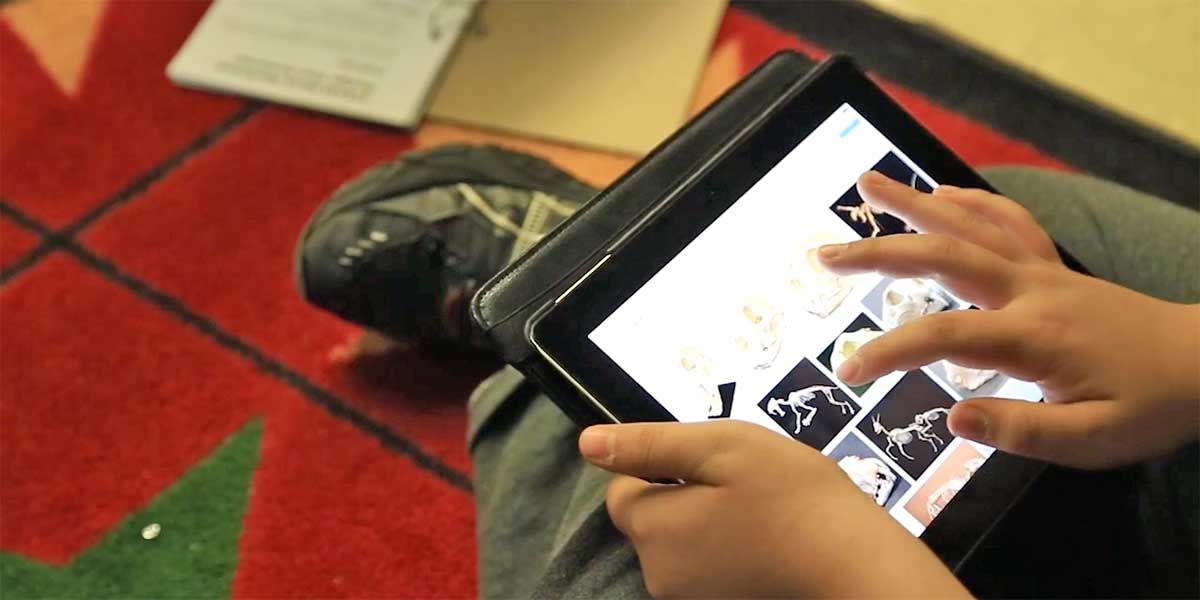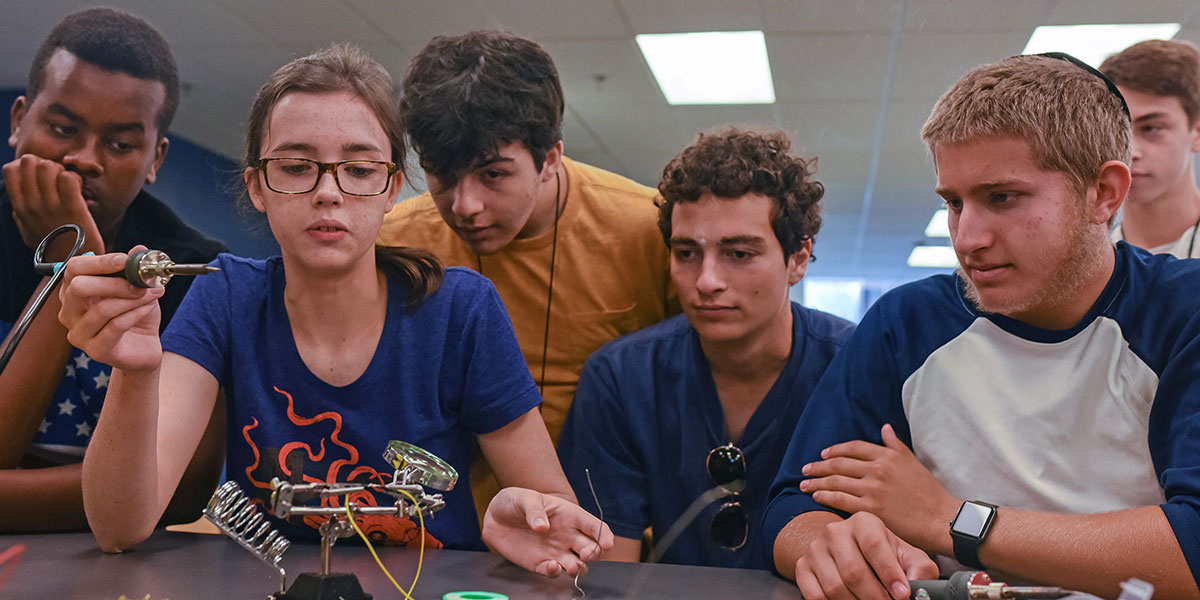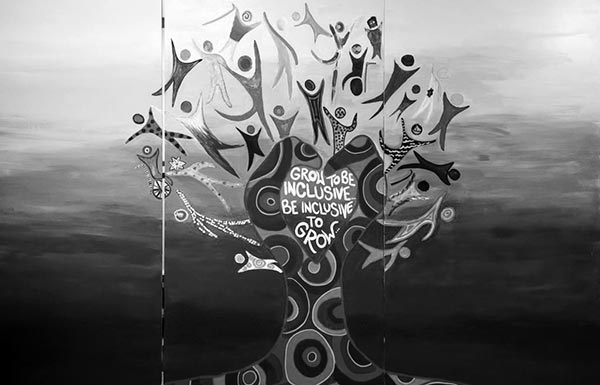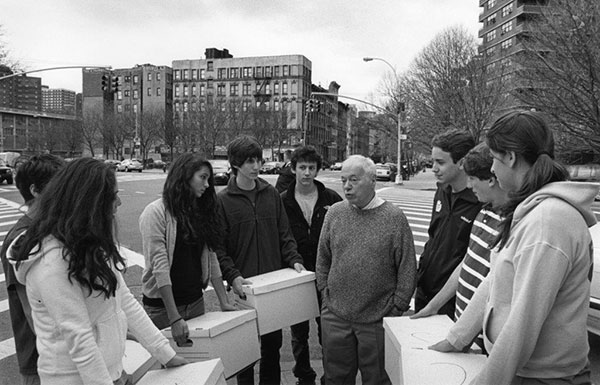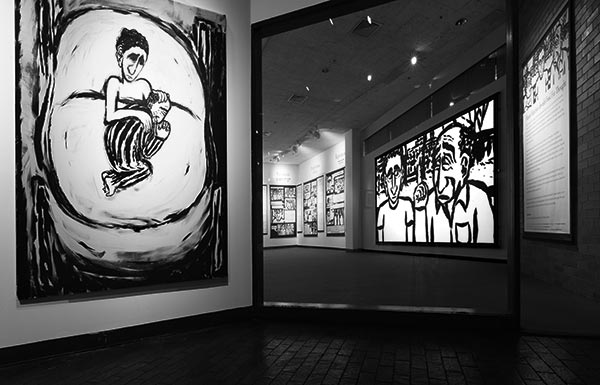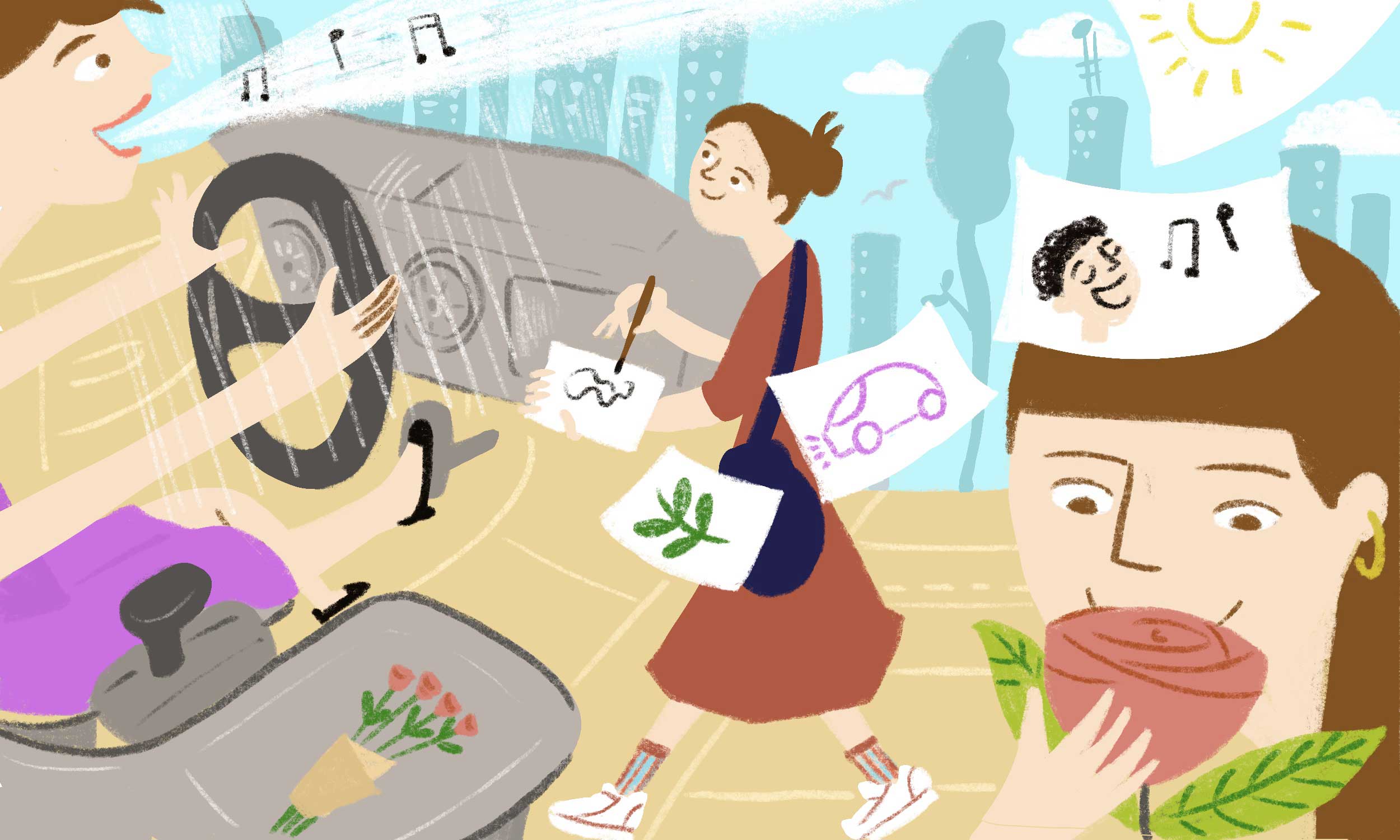
ARTICLE Susan Magsamen on why we need an aesthetic mindset, right now
Susan Magsamen has spent her career thinking about the intersection of arts and brain science. She is the founder and executive director of the International Arts + Mind Lab (IAM Lab), Center for Applied Neuroaesthetics, a pioneering initiative from the Pedersen Brain Science Institute at Johns Hopkins University School of Medicine. She is also the author of the Impact Thinking model, an evidence-based research approach to accelerate how we use the arts to address problems in health, well-being, and learning.
Susan’s newest book, Your Brain On Art: How the Arts Transform Us, written with Ivy Ross, Vice President of Design for Hardware at Google, is a journey through the science of neuroaesthetics, and offers proof of how our brains and bodies are transformed when we participate in the arts and aesthetic experiences.
In this conversation, Susan shares with Sight Line readers how art can improve our physical and mental health, help us learn and flourish, and build stronger communities.
Can we begin by talking about what an aesthetic mindset is, and why it should matter to educators?
The aesthetic mindset means you move about in the world in a way that’s curious, and in a way that encourages playful exploration, sensorial awareness, and an interest or passion in making, or beholding the arts.
Children do all of those things naturally. Young children are incredibly curious; they smell, taste, and touch--they’re always exploring and experimenting and observing.
But if you think about a traditional classroom, you realize that most are not set up for exploring or nurturing those basic mindsets. An enriched environment is necessary for the aesthetic mindset to take root. We are hired-wired for art because of our physiology. We experience the world through our senses and that’s how we create neural pathways and build sophisticated circuitries.
The younger a child is when they’re exposed to enriched and safe environments, the more neural connections they will create. This neuroplasticity, as we know, is so important for creating functions of resiliency, greater memory, executive functioning, problem solving, collaboration skills; all the traits that are crucial for young people to grow and thrive.
So what does this look like, in practice? How do educators, parents, and individuals create these enriched environments?
These experiences that we call aesthetic, can be quite simple. Think about peeling an orange, for example. As you touch an orange to open it, smell it and taste it, your brain is having an incredibly enriched experience right there.
One might consider bringing fresh flowers into a classroom or office, swapping out toys so that children experience different colors and textures, or, on a larger scale, considering a biophilic design for a home or classroom or office space (a biophilic design is one that connects people and nature within built environments and communities).
Given what we know about the benefits of engaging with art, why aren’t we using the arts more in educational spaces and for healing purposes, in this country?
I think our society has rarified the arts and rarified the people who make art, and experiencing the arts has thus become a luxury. But that’s not the whole of art by any stretch. Art can be doodling in your notebook, singing, humming, designing your home, or cooking.
The truth of the matter is, to have great benefit from any art form, you don’t have to be good at it. Collaging, writing poetry, painting, singing--I do all of those things badly, but I get tremendous benefit from doing them. As a society, we have wasted a good deal of human capacity for growth and healing because we deemed someone untalented and therefore told them ‘that [art form] is not for you.’ Kids stop making art in elementary school (unless they choose it as an elective) because there’s “no future” in it.
What’s more, as a culture, when we think of the arts in service of health, we devalue fields like art therapy and arts in health in general. There’s a whole community of creative art therapists, for example, whose fees are often not covered by traditional health insurance providers, rather, they are either private pay or absorbed as overhead. That’s actually something I am working on with the Aspen Institute, it’s called the NeuroArts Blueprint. The goal is to build a sustainable field where there is funding and policy for the arts in medicine and public health.
Speaking of therapy and mental health, in your book you talk about how art can help support a person with trauma and PTSD.
Yes. Trauma and crisis are unavoidable, and often, we never think it will happen to us, but it happens to everyone. The thing is, when trauma isn’t addressed, it gets stuck in our bodies, and it’s very hard to extract or alleviate.
With young children, art can help build capacity and resiliency so that they are better able to handle the kinds of stresses that will inevitably come their way.
For adults who have already experienced trauma or might be suffering from PTSD, art can help them find metaphor and symbols with which they can express feelings that they cannot find words for. For example, I know the daughter of Holocaust survivors who uses visual art, in her case, painting on a canvas, to process her feelings of intergenerational trauma. She did continuous paintings on the same canvas, over and over, white on top of each image, to extricate her feelings. In all, she painted 80 images on one canvas.
For another person, it might be another medium. Interestingly, clay is one of those miracle materials to work with, where your hands have equal dexterity, and the manipulation of it allows for oxytocin and serotonin to be released. When playing with clay you immediately feel more relaxed, it’s an extraordinarily soothing experience!
Of course there are even more obvious ways that art can be therapeutic—like engaging in expressive writing. We learn from Dr. James Pennebaker at UT Austin, a scholar who has spent his career studying expressive writing, that just the act of writing down a secret, something you’ve held on to so tightly, will free up your cognitive load and that physical health and work performance can improve if one undertakes simple writing and/or speaking exercises. Even if you burn the page after you’ve written something down, the simple act of writing it has already lowered your cortisol levels and stress. Journaling is a form of art as much as it’s a form of mental healthcare.
Can you talk a bit about how art can create communities?
As we all have deeply felt, the pandemic stripped us of the social fabric we had woven together. For better or worse, there had been some consistency in the way we came together as communities before then, and once we were isolated at home, we may have tried to come back together in various forms, but we weren’t always successful. Those of us that used the arts seemed to do better during the pandemic, because engaging in art—drawing, singing, dancing, writing, for example, helped us to manage stress and anxiety, communicate and collaborate, to release our fears and even to grieve.
In my lab, we created a Covid Neuroarts Field Guide with simple tools and activities that people could do at home, during lockdown. We also discovered that dancing together, either on zoom or in person, helped people connect. There are lots of studies that show how doing something in synchronicity with others, helps us feel more connected to those people [for more on this, read the Sight Line interview with science writer and researcher Annie Murphy Paul].
What would you say to someone who wants a quick takeaway on the importance of an aesthetic mindset?
I would say that we have forgotten to stop and smell the roses and that we need to really allow for more sensory awareness in our lives. This may seem obvious, but start small. Feel the sheets and soft blankets you sleep under. When you get up in the morning, appreciate the smell of your toast. Look at the daffodils that are starting to come up in your yard or park or the buds on trees, pay attention to how you cook your food, sing in your car, doodle. Watch the sun rise and set.
Like sleep or exercise or nutrition, engaging with the arts is essential to our health.
Written and edited by Adina Kay-Gross for The Covenant Foundation.

